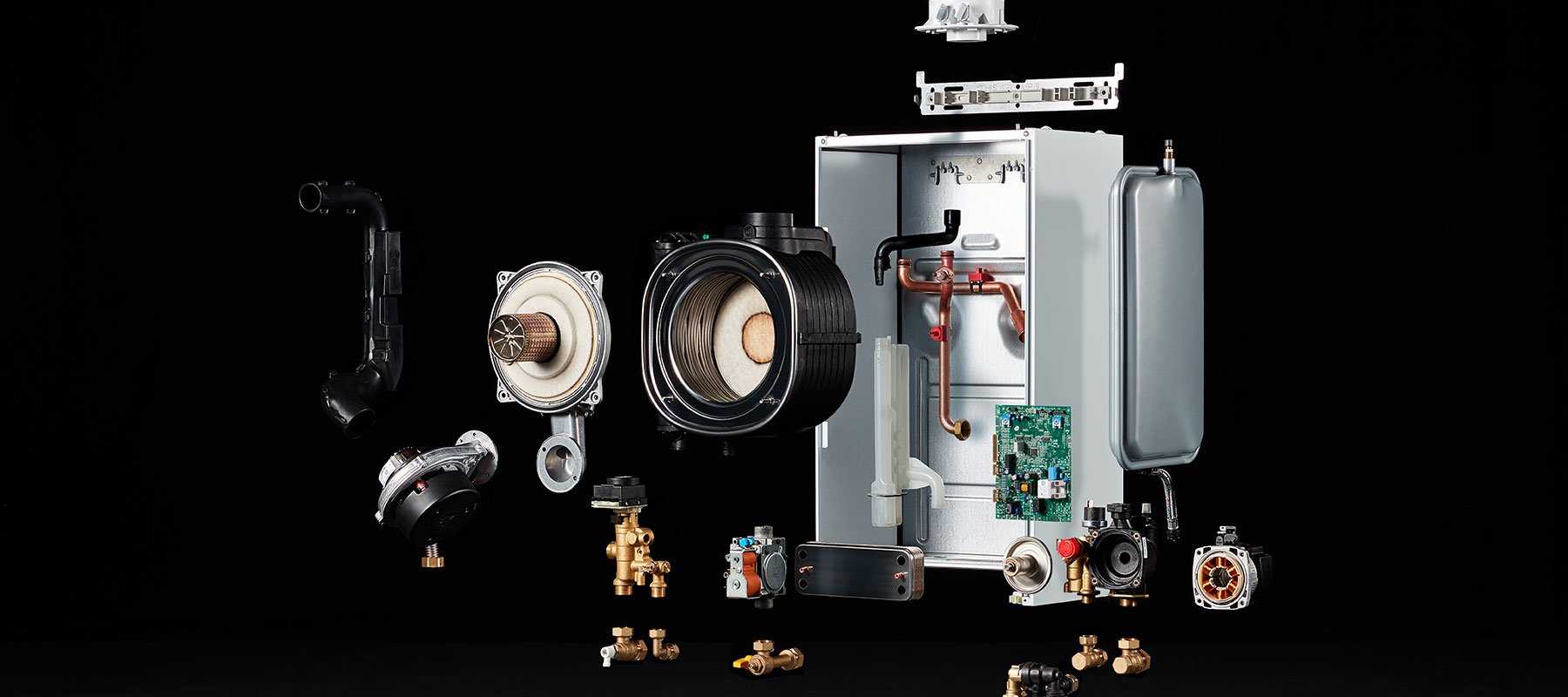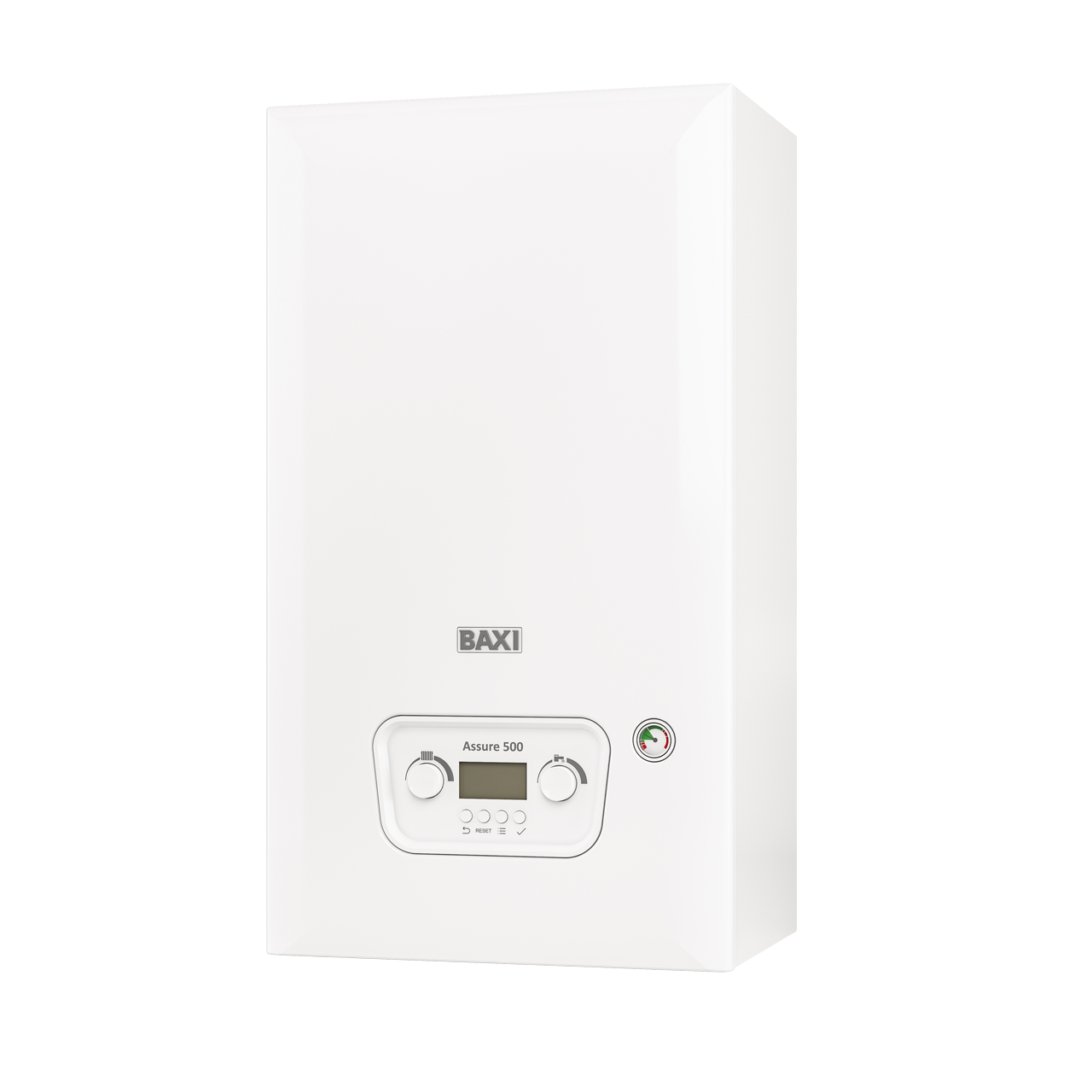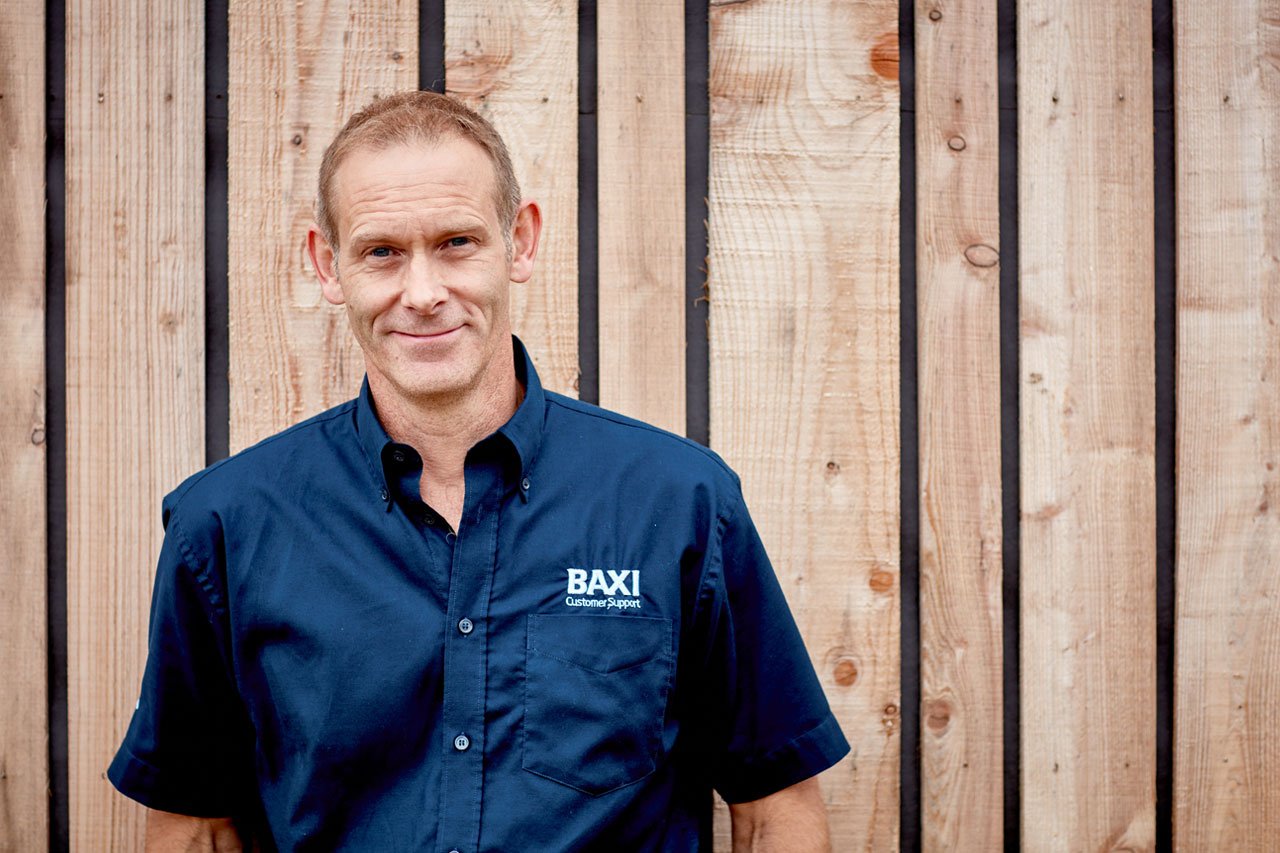
A simple guide to matching the right boiler to the right customer
Boiler replacement is a fundamental basic of an installer’s role and so, understanding when and why certain systems should be specified and the suitability for customers’ needs is almost second nature.
However, we do receive lots of questions about boiler suitability for certain premises and specifics around products. With this in mind, Graham Collins, Training Support Manager here at Baxi provides a quick simple guide to matching the right boiler to the right customer and offers some helpful hints and tips to specification for different scenarios.
Following initial training, the role of an installer is one of constant learning. Regardless of what’s learnt in the classroom, being out in the field is one of the best places to constantly build knowledge which, over the years means that things like boiler specification become almost like routine.
Several fundamental factors need to be considered:
- If an existing installation, what is the system and boiler type?
- What is the hot water demand requirement?
- What is the heating demand requirement?
- How will the building type affect the choice?
- Plans for change to building and/or usage?
- Will the customer’s budget restrict the options available?
Assessing the property such as size of house – number of bedrooms and number of bathrooms – are a great starting point. Additional notes on water pressure, size of household and hot water requirements also all help an installer to identify the best possible solution for a property and its residents.
Where some difficulty lies, however, is in like-for-like replacements. When a customer seems happy with the current system’s performance, why alter the configuration? Yet another system may be better suited to the situation, so it’s always worth assessing other factors like water demand, flow rates and water pressure.
A great example of this is in properties that industry like to call the empty nesters, whereby parents still live in the family home but the children have flown the nest. The requirements for a family of five growing up in the property may be quite different to the needs of a couple. It’s important therefore to weigh up the needs of the property versus the needs of the residents. They can be quite different and it provides the installer with an opportunity to provide the homeowner with a series of options and explain the benefits of both.
Not wanting to teach people to suck eggs, we do receive calls about boiler systems and suitability for certain premises, so the following provides a quick guide to help installers with specification.
Boiler Types
Heat Only boilers, also known as traditional or conventional boilers are generally fitted to an open-vented system; filled from a feed and expansion tank installed at the highest position of the system, normally in the roof space. In the property, there will be a hot water storage cylinder that is likely to be fed from a water storage tank. This type of system is common in older properties where the original system was installed before the combi boom of the eighties and typically utilised S or Y plan controls. This type of system is suited to properties with an average demand for water i.e. 15 - 20 litres per minute. They are also perfect for those homes with low mains pressure where a combi would not deliver an acceptable flow rate of hot water.
System boilers are similar to heat-only boilers in that during installation they are fitted in conjunction with a hot water storage cylinder. A system boiler is suited to properties with a high demand for water. Operating on a sealed system, there is no feed and expansion tank in the roof space. Baxi System boilers have built in expansion vessels and circulating pumps to simplify installation.
Combi boilers deliver instantaneous hot water, and are the most popular boiler type currently installed in the UK. Offering a compact solution to combined heating and hot water requirements, they do not require additional tanks or hot water storage cylinders. Fitted to sealed systems, they are ideally suited to properties with limited space and can be a kitchen-cupboard fit, if required. Installation of a combi may also be a cost effective solution to meet the needs of a customer’s budget. Offering simple control solutions, and with long-term warranties of up to ten years, it is a firm favourite with installers and consumers alike.
A top consideration, however, is the fact that the kW rating of the boiler will determine the flow rate of hot water e.g. a 24kW combi can deliver 9.8 litres per minute (l/m) of hot water per minute at a temperature rise of 35 degrees C whereas a 40kW combi can deliver 16.4 l/m at a temperature rise of 35 degrees C. Because combis are mains-fed the incoming water supply can affect the hot water performance, if the cold mains can only supply 12 litres per minute then any combi above a 28kW is out of the question and either the mains supply issue needs to be resolved or another system type installed i.e. tank fed hot water storage cylinder.
Translating this knowledge into specific projects, we’ve pulled together a series of common applications on the job and provided our recommendations for each. For the purpose of this exercise, we have assumed that each and every customer is on mains gas.
Take a look at our Boiler range here
Property Size
In a small property, with an average of two rooms, for single or dual occupancy and with one shower room will require a relatively small heating output and a compact design. The ideal choice therefore would be a Baxi 224 combi boiler with a 24kW hot water output and 21kW heating output (condensing). Featuring a compact cupboard fit and a 3-year warranty, it’s ideally suited to a smaller property with a relatively low demand for water and a customer on a lower budget.
In comparison, for a two or three-bedroom 1940s property for a family of three, with one bathroom, we would suggest the Baxi 400 combi range. A 24 or 28kW output should be ample but remember the flow rate, a Baxi 424 offers 9.8 l/m, whereas a 428 offers 11.5 l/m. Both of these boilers have a heating output of 21kW. Where the customer prefers a bath to a shower the 28kW would be better as they could fill the bath quicker.
Another benefit of this particular boiler is the fact it has a five-year warranty, adding more peace of mind for the customer. There is also the option to control via a smart phone or tablet, for added convenience.
Moving on to a three or four-bedroom newbuild property, with two bathrooms – one with bath only, and the second a walk-in shower for a family of four – it is different again. A property of this size requires a larger boiler output in order to meet the heating and hot water needs of the whole house. The fact that the home is a new build means that it will be well-insulated and, because there is only one shower, the demand for water at any given time will remain low-average. With this in mind, we would recommend Baxi 624 or 636 combi, with a seven-year warranty. The 636 delivers 15 l/m at 35 degrees C temperature rise and has a heating output of 26kW.
For a larger dwelling, totalling four bedrooms and moderately insulated with two bathrooms; catering for a family of five, there are other options available. The fact that the property is quite large, with so many bathrooms, the ideal solution would be a heat-only or system boiler due to the potential demand for hot water all at the same time.
Depending on space, either of these two heating systems could work, but where there is ample storage space, a heat-only Baxi 624 in conjunction with a 250lt Heatrae Sadia cylinder would be a great option. If, however, there is only one shower you could easily opt for a Baxi 836 Combi with a flow rate of 15l/m and this boiler is supplied with a 10 year warranty.
Finally, a five-bedroom, four-bathroom new build home for a family of five there are two potential options. As a new build property, there is a base assumption that space will be limited, offering up two potential options: a combi or system. Catering for the needs of four bathrooms and a family of five however, means that a combi may not be able to meet the hot water demands of a number of outlets running at the same time. In this instance, we assume that at least three are en-suite shower rooms, the preferred choice therefore, would be a Baxi Megaflo 32kW system boiler with a 300lt Heatrae Sadia Cylinder, which is a perfect addition for homes with a high demand for hot water. For added peace of mind, it also comes with a seven-year warranty and the cylinder, a lifetime guarantee.
The cylinder choice of vented or unvented would need to be made based on the available in coming cold mains pressure and flow rate. Minimum requirement for unvented would be 1.5 bar and 20 l/m.
With so many heating system options and sizes to consider, understanding the best solution for each and every job is not always easy. While the above is not an exhaustive list for the specification process, it does provide a guide and a level of thinking to enable installers, regardless of experience, to have the confidence and knowledge to specify and install a wide range of solutions, to meet customer needs.
Visit our Solutions page to see our full range.
Baxi Works
A simpler and more rewarding experience for installers, all in one place.
Contact your ASM
If you are a merchant or installer, your local Baxi representative is here to help.




